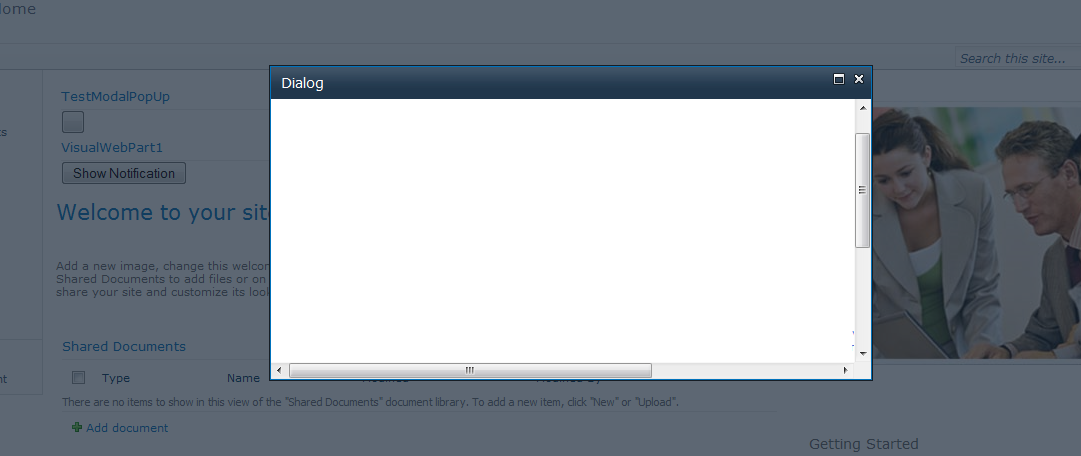
Ideally, you want to use a modal window in a few different situations, such as: - Get the users attention - Have the user make a.
#CREATE POPUP WINDOW JAVASCRIPT WINDOWS#
Often times modal windows will ask the recipient to agree or to disagree to something before closing itself out. When the user clicks on the popup button, the form will pop up and appear on the screen using JavaScript on click event. A modal window is any popup style window that appears on a webpage designed to get the users attention. Here, the popup button is just under the visitor’s eye. That means, your prospects can fill out your form from every page. Next we’ll tackle the JavaScript functionality starting with an event listener for when users click on the open and close buttons. Similar to sliding contact forms, these contact form will be available on every page of your site. We do this by using matching id / data-id attributes on each modal and the corresponding open and close buttons. Note: We’re building this in a way that would allow us to include multiple modals in a single page. There is also a button to trigger the popup and display of the model.
#CREATE POPUP WINDOW JAVASCRIPT CODE#
Display Modal Code language: HTML, XML ( xml )Īll of the content within the demo-modal is optional and included for the purposes of this tutorial, you could replace with whatever content you like when using this on a real website. Dolor qui vel placeat dolor nesciunt quo dolorĭolores. Sed et exercitationem voluptatum omnisĭolor voluptates. SweetAlert is by no means the only substitute for standard modals, but it is clean and easy to implement.Natus earum velit ab nobis eos. The above code will produce the following popup: The syntax is as such: swal(title, subtitle, messageType) swal("Oops!", "Something went wrong on the page!", "error") You can include it in your HTML via a CDN (content delivery network) and begin use. For example, SweetAlert provides a nice replacement for standard JavaScript modals. If you are unhappy with the default JavaScript popups, you can substitute in various UI libraries. Var age = prompt('How old are you?', '100') Other Design Options: This function can take two arguments, both of which are optional: a message to display to the user and a default value to display in the text field. In Javascript, one of the most convenient and easy uses for the Window Object is to create a new window. The prompt method is typically used to get text input from the user. Example: var result = nfirm('Are you sure?')

The buttons return boolean values: true for OK and false for Cancel. The confirm method is similar to window.alert(), but also displays a cancel button in the popup.

Window.alert("Welcome to our website") Confirm Users will be required to confirm the message before the alert goes away.

Once this function is called, an alert dialog box will appear with the specified (optional) message. The alert method displays messages that don’t require the user to enter a response. In the modal popup, a close icon is placed that helps to. Add an anchor link to trigger modal to open popup and modal box content. Define HTML elements to create a modal wrapper and content area in the web page. There are three different kinds of popup methods used in JavaScript: window.alert(), nfirm() and window.prompt(). We’ll use JavaScript and CSS to create this simple popup and you can easily integrate this modal popup to the web page. Popup boxes prevent the user from accessing other aspects of a program until the popup is closed, so they should not be overused. Popup boxes (or dialog boxes) are modal windows used to notify or warn the user, or to get input from the user.


 0 kommentar(er)
0 kommentar(er)
